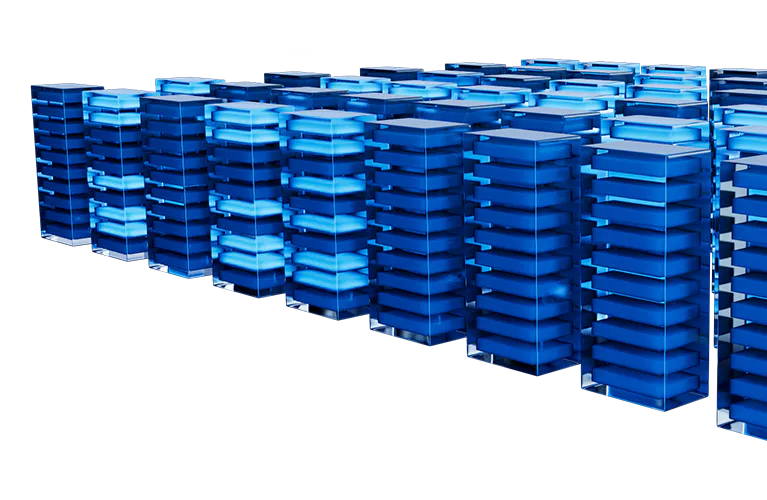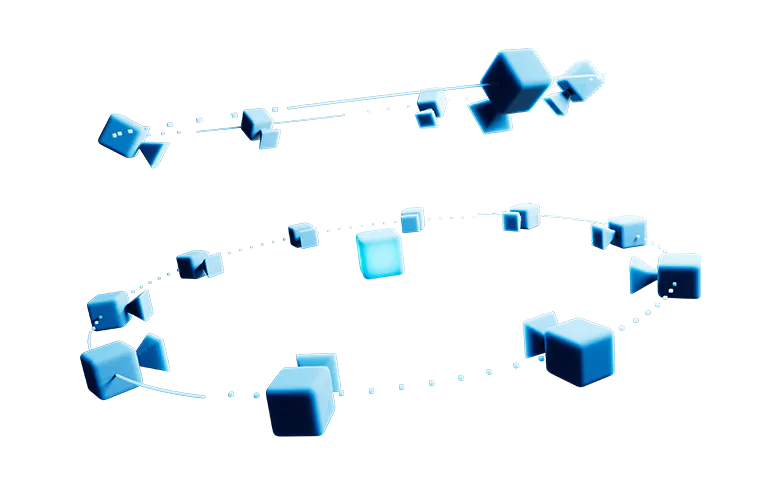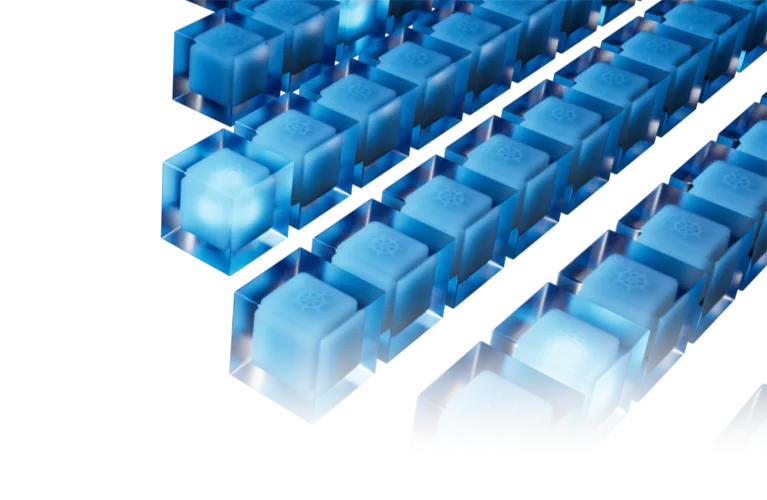VAST Data Platform Solutions
Welcome to the future of data
Simple, enterprise scale-out all-flash data platform for both unstructured and structured data workloads. The VAST Data Platform is a groundbreaking scale-out solution that eliminates complex storage tiering and brings an end to the HDD era in the data center.
The VAST Data Platform breaks the decades-old tradeoff between performance and capacity with a new architecture that enables unlimited processing on affordable flash, at exabyte-scale.
Leading organizations around the world deploy the VAST Data Platform for a wide range of applications, industries, and data infrastructures.
Solutions by Industry





Solutions by Technology








Solutions by Use Case





 Combining the all-flash VAST Data Platform with Commvault’s Complete Data Protection platform
enables organizations to instantly recover from ransomware and other disasters
at a cost comparable to hard drive economics.
Combining the all-flash VAST Data Platform with Commvault’s Complete Data Protection platform
enables organizations to instantly recover from ransomware and other disasters
at a cost comparable to hard drive economics.
 Together, VAST Data and Dremio, the open data lakehouse platform, deliver a unified data
analytics platform that brings all the performance and functionality typically found
in a data warehouse to a flash-powered data lake that can store all your data.
Together, VAST Data and Dremio, the open data lakehouse platform, deliver a unified data
analytics platform that brings all the performance and functionality typically found
in a data warehouse to a flash-powered data lake that can store all your data.
 VAST Data and NVIDIA’s turnkey, petabyte-scale infrastructure solution delivers unrivaled
performance for your GPU-intensive and storage-intensive workloads.
VAST Data and NVIDIA’s turnkey, petabyte-scale infrastructure solution delivers unrivaled
performance for your GPU-intensive and storage-intensive workloads.
 VAST Data and Rubrik partner to deliver an all-flash modern data protection solution that
enables organizations to affordably recover in near-real time from any data loss
event.
VAST Data and Rubrik partner to deliver an all-flash modern data protection solution that
enables organizations to affordably recover in near-real time from any data loss
event.
 VAST DataBase enhances Apache Spark queries, offering data warehouse performance at data lake
scale for lightning-fast insights and real-time analytics, elevating data-driven
decision-making.
VAST DataBase enhances Apache Spark queries, offering data warehouse performance at data lake
scale for lightning-fast insights and real-time analytics, elevating data-driven
decision-making.
 The VAST Data COLD.FLASH storage architecture provides a high performance, scalable and
resilient Splunk platform for core Splunk Enterprise and Splunk Enterprise Security
The VAST Data COLD.FLASH storage architecture provides a high performance, scalable and
resilient Splunk platform for core Splunk Enterprise and Splunk Enterprise Security
 VAST DataBase and Starburst Enterprise’s native Trino support boost query speed up to 40x,
delivering a scalable, high-performance data lakehouse with cost-performance advantages.
VAST DataBase and Starburst Enterprise’s native Trino support boost query speed up to 40x,
delivering a scalable, high-performance data lakehouse with cost-performance advantages.
 VAST Data and Veeam partner to deliver a modern flash-based data protection and recovery
solution that enables rapid backups and restores.
VAST Data and Veeam partner to deliver a modern flash-based data protection and recovery
solution that enables rapid backups and restores.

 Together, VAST Data and Vertica deliver a unified data analytics platform that helps enterprises
consolidate their structured, semi-structured, and unstructured data silos on
a flash-powered data lake.
Together, VAST Data and Vertica deliver a unified data analytics platform that helps enterprises
consolidate their structured, semi-structured, and unstructured data silos on
a flash-powered data lake.